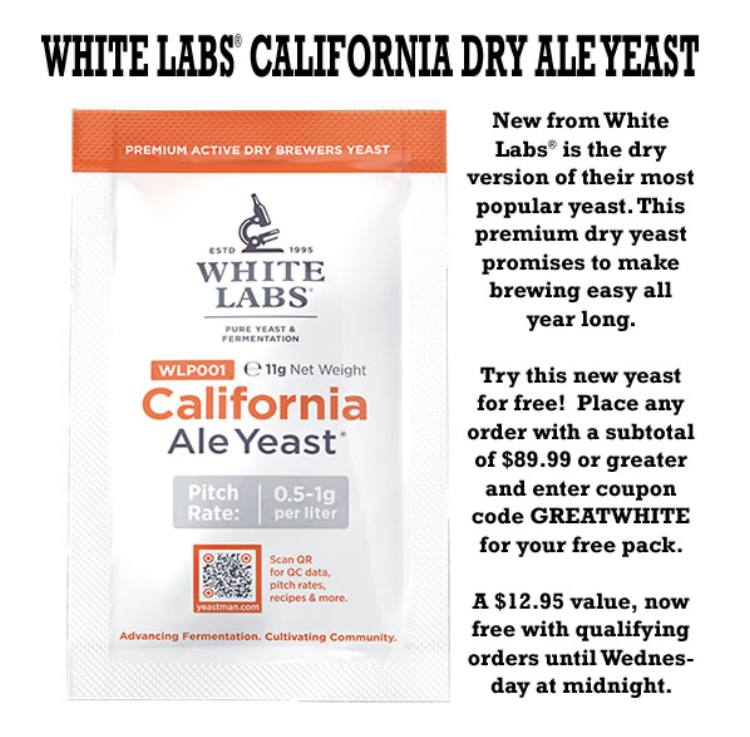After reading through this thread I just think WL are hedging their bets. They have a premium liquid brand in a contracting market they will continue to hold but to grow their business they looking are looking to move into the expanding market of dry yeasts.
If their first offering is 001 and outsourced to llalemand then it makes sense to place it premium, otherwise it would be directly competing against Lallemand‘s own chico strain. as for Lallemand it gives them another hose in the chico market
If their first offering is 001 and outsourced to llalemand then it makes sense to place it premium, otherwise it would be directly competing against Lallemand‘s own chico strain. as for Lallemand it gives them another hose in the chico market












![Craft A Brew - Safale BE-256 Yeast - Fermentis - Belgian Ale Dry Yeast - For Belgian & Strong Ales - Ingredients for Home Brewing - Beer Making Supplies - [3 Pack]](https://m.media-amazon.com/images/I/51bcKEwQmWL._SL500_.jpg)
















































